Imagine a world where creativity is not just confined to artists or inventors but becomes a daily habit for everyone. Creativity is a powerful force that can transform ordinary moments into extraordinary experiences, fuel innovation, and foster personal growth. Whether it’s finding new solutions to everyday problems, embracing fresh perspectives, or simply discovering joy in simple tasks, creativity is a cornerstone of human potential. In this article, we’ll explore the multifaceted nature of creativity, diving into its various dimensions—such as the 5 P’s, 7 C’s, and beyond—to unlock its secrets and reveal how it can become a natural part of your life.
Key Takeaways
– Harness Problem Solving: Unlock creativity by approaching challenges with fresh perspectives and unconventional thinking.
– Embrace Artistic Expression: Transform ordinary moments into extraordinary experiences through creative self-expression.
– Practice Resourcefulness: Innovate with limited resources, turning obstacles into opportunities for growth.
– Foster Innovation: Develop groundbreaking ideas by challenging traditional methods and embracing change.
– Master Brainstorming: Generate countless ideas quickly, using techniques like mind mapping to spark creativity.
– Cultivate Perspective-Taking: Understand diverse viewpoints to foster collaboration and drive innovative solutions.
– Leverage Lateral Thinking: Solve problems by considering unconventional approaches and breaking traditional norms.
– Adopt a Growth Mindset: Believe in your ability to grow and learn, fueling resilience and continuous creativity.

What Are the 5 P’s of Creativity?
The 5 Ps of creativity are a framework used to understand and enhance the creative process. They represent five key elements that influence creativity:
- Person : The individual involved in the creation, whose unique traits, experiences, and mindset contribute to the creative output.
- Process : The methods and techniques employed to generate ideas, such as brainstorming or mind mapping.
- Product : The tangible result of creativity, reflecting the creativity and effort invested.
- Place : The environment where creativity occurs, which can impact productivity and inspiration.
- Physiology : The biological factors affecting creativity, including brain function, health, and lifestyle choices.
Understanding these elements helps in creating a conducive setting for creativity and fostering innovation.
How Can We Inspire Creativity?
To inspire creativity, we can employ various strategies that tap into our cognitive processes and environments. Here are some effective approaches:
- Embrace Curiosity and Exploration: Approach problems with an open mindset. Ask questions, explore diverse perspectives, and seek novel solutions. This fosters a mindset conducive to creativity. [Explore Curiosity and Exploration](https://patrickmettraux.com/curiosity)
- Engage in Creative Problem Solving: Techniques like mind mapping, brainstorming, or SCAM (Situation, Complication, Action, Motivation) can unlock innovative ideas. These methods stimulate lateral thinking and divergent thinking.
- Diversify Your Environment: Surround yourself with varied stimuli. A stimulating environment with art, nature, or diverse perspectives can spark creativity. Consider working in settings that inspire inspiration. [Discover Diverse Environments](https://patrickmettraux.com/environment)
- Practice Mindfulness and Reflection: Allow your mind to wander and reflect on experiences. Mindfulness practices can enhance creativity by reducing stress and fostering introspection.
- Collaborate and Share Ideas: Collaborative environments encourage diverse perspectives and can lead to breakthrough ideas. Sharing ideas with others can also boost confidence and innovation.
- Set Loose Goals and Experiment: Loose objectives allow for exploration and experimentation. Fixed targets may stifle creativity, whereas flexibility often leads to unexpected discoveries. [Experimentation Insights](https://patrickmettraux.com/experimentation)
Creativity thrives in an environment that encourages exploration, curiosity, and collaboration. By leveraging these strategies, we can unlock our creative potential and inspire meaningful outcomes.

The 7 Cs of Creativity
- Creativity : The ability to generate ideas that are novel and valuable. It involves thinking outside the box and approaching problems from unique perspectives.
- Characteristics : Essential traits of creative individuals, such as curiosity, imagination, and resilience. These traits enable individuals to approach challenges in innovative ways.
- Collaboration : Working effectively with others to create shared vision and combine diverse skills and perspectives to achieve common goals.
- Context : The environment in which creativity thrives. Factors like culture, resources, and support systems play a crucial role in fostering creativity.
- Creation : The actual products or outcomes of the creative process, whether they are tangible or intangible.
- Communication : Effectively sharing ideas and concepts with others, often requiring adaptability to different audiences and contexts.
- Curiosity : The desire to explore and learn, which drives continuous discovery and innovation.
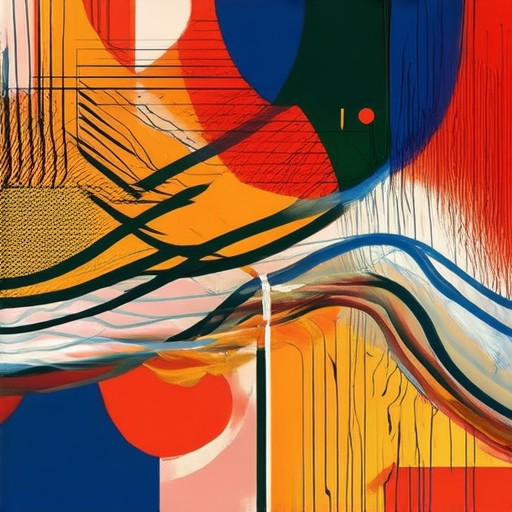
Examples of Creativity in Real Life
Creativity is a powerful force that manifests in everyday moments and situations. Here are some real-life examples that illustrate creativity in action:
- Problem Solving:** Imagine you’re faced with a challenge, like cooking a gourmet meal with minimal ingredients. A creative approach might involve combining unexpected flavors or repurposing items you already have in your kitchen.
- Artistic Expression:** Consider a child who uses found objects to create a unique piece of art, or someone who turns a plain wall into a canvas by painting murals.
- Resourcefulness:** Think of a situation where you need to solve a problem with limited resources. Creativity might lead you to use materials in innovative ways, like fashioning a tool from household items.
- Innovation:** A creative individual might develop a new method for completing a task, such as inventing a faster way to commute or creating a more efficient workflow in their job.
Creativity isn’t just about art or design—it’s a mindset that can transform any aspect of life. By approaching challenges with fresh perspectives and resourcefulness, we unlock opportunities for growth and innovation.
For more inspiration and insights on fostering creativity, visit Patrick Mettraux and explore their collection of creative stories and guides.
Examples of Creativity Skills
- Brainstorming: The ability to generate numerous ideas quickly and creatively often leads to innovative solutions. Techniques like mind mapping or group discussions can enhance this skill.
- Problem-Solving: Approaching challenges with fresh perspectives and unconventional thinking helps find unique solutions. This requires curiosity and lateral thinking.
- Innovation: Introducing new concepts or ideas that haven’t been seen before. This involves taking risks and embracing change to drive progress.
- Storytelling: Crafting engaging narratives that convey emotions and lessons. Effective storytelling can make complex ideas easier to understand and remember.
- Perspective-Taking: Understanding diverse viewpoints and considering multiple angles to solve problems or communicate effectively. This fosters empathy and collaboration.

7 Methods of Creativity with Examples
The ability to think creatively is a valuable skill that can be cultivated through various techniques. Here are seven effective methods to unlock your creativity, along with practical examples:
1. Mind Mapping
Mind mapping involves visualizing ideas in a hierarchical structure, allowing you to explore connections and possibilities. Start with a central concept and branch out into related ideas. For instance, if you’re brainstorming product names, begin with “Product” and branch into categories like “Gadgets,” “Tools,” and “Innovations.”
2. Reverse Brainstorming
Instead of listing potential solutions, reverse brainstorming involves listing problems or challenges first. Then, work backwards to find innovative solutions. For example, if you’re struggling with a marketing campaign, list obstacles like “Limited Budget” or “Competition” and then brainstorm ways to overcome them.
3. Lateral Thinking
Lateral thinking encourages you to approach problems from unexpected angles. Step away from traditional solutions and consider unconventional approaches. For example, solving traffic congestion in a city might involve introducing carpooling apps or implementing bike-sharing programs instead of building more roads.
4. Embrace Failure
Viewing failure as a stepping stone rather than a setback can enhance creativity. Reflect on past mistakes and analyze what went wrong to identify lessons and improvements. For instance, if a product launch failed, study the feedback to refine your next offering.
5. Collaborative Ideation
Bring together diverse groups to gather a variety of perspectives. This method fosters creativity by exposing you to new ideas and viewpoints. For example, combining engineers, designers, and marketers in a collaborative session can lead to breakthrough innovations in product development.
6. Visualize Success
Imagine yourself achieving your goals to stay motivated and focused. Create vivid mental images to guide your actions. For instance, picturing yourself presenting a successful project proposal can boost confidence and drive you to succeed.
7. Adopt a Growth Mindset
Believe that your abilities can grow with effort and practice. This mindset encourages resilience and creativity. For example, embracing challenges as opportunities to learn can lead to innovative problem-solving strategies in high-stakes situations.
By incorporating these methods into your routine, you can unlock your full creative potential and drive meaningful innovation. Remember, creativity is a muscle that strengthens with practice, so keep experimenting and exploring!

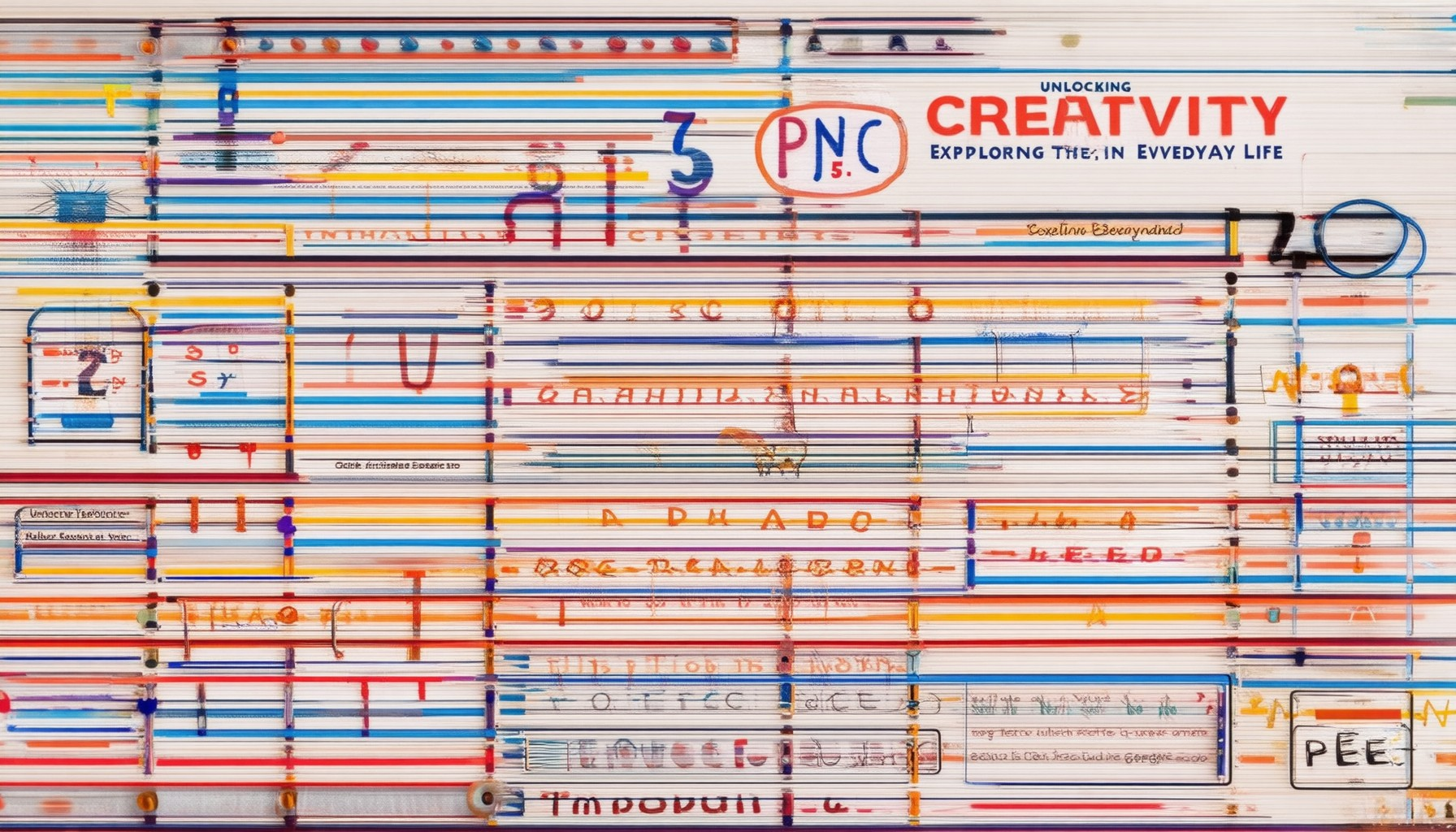
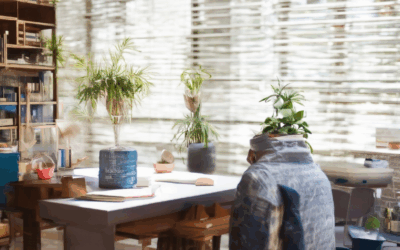
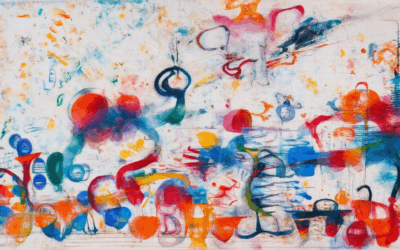
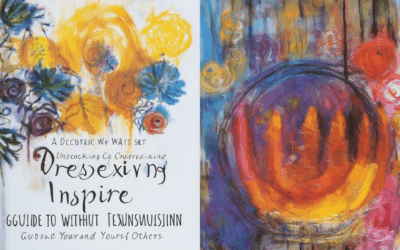
0 Comments